Sophisticated modern gardeners are unlikely to be surprised with something, since they are offered a huge selection of ornamental plants. Among the many options, there is still one that can surprise with its enchanting aroma and delicate appearance. Poets and writers mentioned tuberose in their works hundreds of years ago. These flowers were especially popular and loved in the 19th century.
Then the fashion for them passed, but now it is back again. How to plant and grow tuberose correctly, what kind of care is needed?
Tuberose: species description
The botanical name for tuberose is polyanthes, it belongs to the perennial species of the genus Polyanthes, the Agave subfamilies and the Asparagus family. Translated from the Greek tuberose means a shiny or white flower... The homeland of the flower is Mexico, and there are 13 types of tuberose in total.
Perennial tuberous tuberose has erect leafy stems and broad-linear leaves. The photo clearly shows that her cbranches with dense waxy petals collected in inflorescences in the form of brushes. The fruit is a capsule and contains flat seeds.
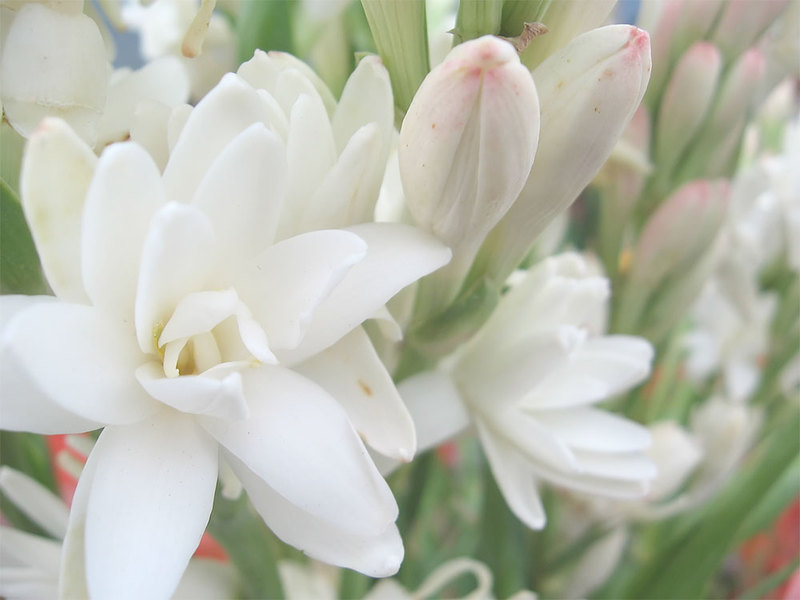
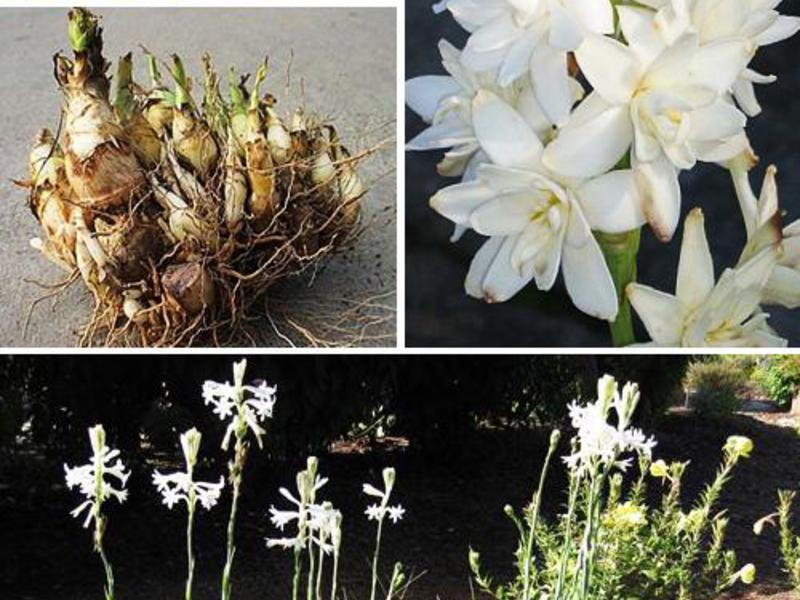
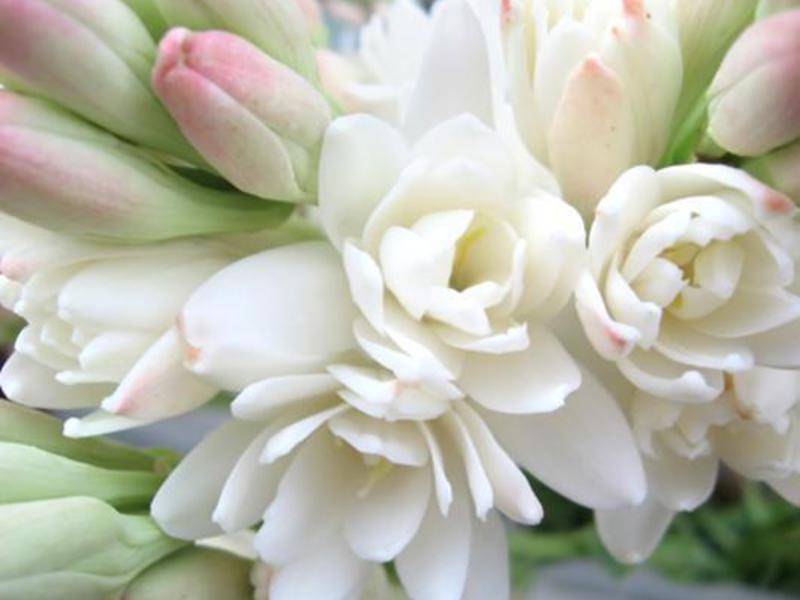
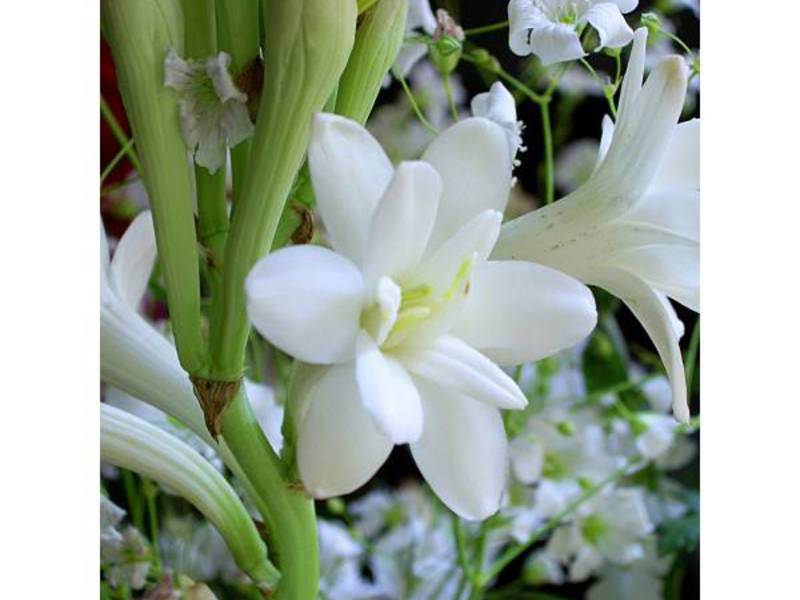
The plant reproduces by root tubers and children, sometimes by seeds. Also, the flower propagates by cuttings or young shoots that emerge from the lateral buds of the tuber.
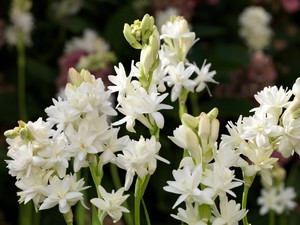 The flower reaches a height of 45 to 100 cm, its inflorescences are white and pink. Later, new varieties of yellow, purple and purple terry petals were bred. The plant is very much appreciated for its beautiful decorative appearance and wonderful aroma.... Tuberose blooms from July to October. The flowers emit a strong scent. It is so intoxicating that it can cause headaches if near flowers. The main thing is that the scent of a flower can change during the day.
The flower reaches a height of 45 to 100 cm, its inflorescences are white and pink. Later, new varieties of yellow, purple and purple terry petals were bred. The plant is very much appreciated for its beautiful decorative appearance and wonderful aroma.... Tuberose blooms from July to October. The flowers emit a strong scent. It is so intoxicating that it can cause headaches if near flowers. The main thing is that the scent of a flower can change during the day.
Due to its strong and pleasant aroma, tuberose extract has been used in perfumery. With notes of tuberose, perfume and aromatic oils, smoking sticks are produced. The extract has a complex, exotic and sweet scent. The plant oil is highly prized and is considered one of the most expensive perfume oils.
Growing and care
A very spectacular type of tuberose always attracts attention. As you can see, in the photo at the time of the opening of the inflorescences, the flowers resemble openwork bells. In care, tuberose resembles freesia and gladioli. For the winter, it is better to dig up flowers, separating the children from the tubers.
Tuberose is widely cultivated in warm climatic conditions. In the rest of the country, with harsh winters, growing tuberose is not easy. Usually tubers sprout before planting, and then planted in open ground. For sprouting tubers use:
- moss;
- peat.
The tubers are kept in a warm and dark place, and after the shoots appear, they are placed in pots with a substrate. Tubers are planted in open ground no earlier than May. For planting in open groot needs to be prepared place with a sandy pillow. This will allow good drainage so that moisture does not stagnate at the roots of the plant.
The cultivation technology of tuberose is very similar to gladioli. Before the onset of autumn frosts, they are also dug out of the soil, after which the tubers are washed to disinfect them. After that xdry well and then store until spring at a temperature of 10-15 aboutFROM... Sprinkle the tubers with sand or sawdust. Leaves should be removed only after they have completely dried out. If the tubers are healthy, they can be stored with children and a clod of earth.
Experts believe that container cultivation is the most effective. You need to plant flowers in a container in the month of February. The first shoots will appear in about a month and immediately after that, the container should be exposed to light and watered on time. After the temperature rises, the containers can be taken outside and placed in a shaded place. Only after 2 weeks can they be moved to a sunny area.
The plant needs feeding, in total it should be fed several times per season. With the onset of autumn, the container again brought into the room and placed in a shed or dry cellar... The shower should dry out, they cannot be cut off, since they must give nutrients to the root system. In this form, flowers can be grown at home.
Outdoor cultivation
Tuberose can be successfully grown outdoors in sunny areas with nutritious soil and good drainage. First, they are germinated in pots and, with the onset of heat, are planted in open ground to a depth of 1–2 cm. Flowers transplant well, the main thing is that it is warm in a bright and quiet place. Tuberoses can grow in partial shade and under diffused lighting. If the flower grows in a sunny area, then it should be watered more often.
Flowers need moderate watering so that there is no stagnation of moisture. It is better to use warm water for irrigation. Best to keep her in the sun and then water. Always take into account the weather conditions and do not water the plant in rainy weather. From excess moisture, the root system will rot, and on hot days, watering will increase.
Tuberose reacts well to mineral and organic fertilizers. During the season, it needs to be fed 3 times. The lack of feeding is immediately reflected in the appearance of the flower. Tuberose may not bloom, its leaves will begin to curl and fall off.
Already in the middle of summer, children can be separated from adult root tubers. Babies appear in the first year after planting. If you separate them in time, then the mother corn bulb will bloom faster... The most favorable temperature for growing is from 20-25 aboutC, then tuberose will feel comfortable.
Diseases and pests
Tuberose is resistant to pests and diseases in the open field. Its strong aroma repels many pests. Sometimes she is attacked:
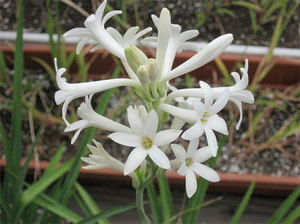 spider mite;
spider mite;- aphid;
- gray rot.
Signs are manifested by the appearance of dark spots on the leaves. If this happens, it is necessary to treat the flower with fungicides. From aphids and thrips, tuberose is treated with special preparations.
The flower is widely used in landscape design in the southern regions. It is often grown in pots on windowsills and balconies. Beautiful polyanthes with wax flowers have fascinated many gardeners for a long time, but growing them in normal climatic conditions is quite difficult, it will take a lot of time and effort. The flowering plant will become the highlight of any garden and will fill pleasant summer evenings with its fragrance.

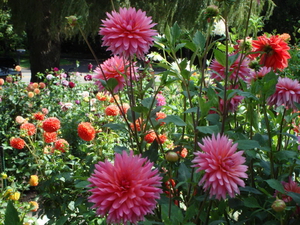

1 comment